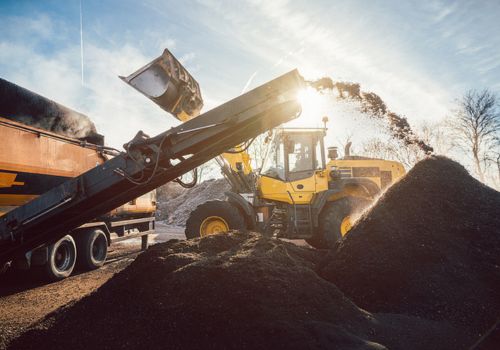Concrete is one of the most common construction materials in the world, as it is cheap, strong, and easily made. However, a challenge of concrete is that it cannot withstand tension, which can cause cracks easily. As such, there has been a huge demand to monitor concrete structures cracking and prevent them from spreading further.
Enter technology and new, more advanced materials that are set to change the game for construction. As one example, nondestructive evaluations, such as attaching or embedding sensors into structures, have been used in many ways to accommodate the demand, but this method is expensive.
Another method is to simply make the material “smarter.” By adding new material—carbon fibers—to concrete, it becomes smarter. Carbon fibers conduct electricity and consist of strands of the carbon atom. Electrical impulses are added to the concrete structure. The fibers conduct electrical impulses, making the concrete able to have an electrical resistance change in response to damage or defamation, effectively making the concrete a sensor.
This new invention allows for the construction of smart concrete structures, which is able to detect minute changes in the amount of stress inside. This new composite material is able to self-monitor for signs of cracks or stress.
In the past, human inspection has been required to check concrete structures such as skyscrapers, bridges, and car parking garages. Inspectors look for signs of fractures after they have already occurred. Being able to automatically monitor concrete stress in real-time will change the way this is done in the future.
Taking it a step further, smart concrete also enables a worker to measure the precise amount that the concrete deforms, as it is exposed to massive amounts of weight. As pressure is applied to the slab of concrete, it becomes compressed, and the electrical properties of the slab change, causing it to become slightly more conductive as the electrical resistance decreases under pressure.
The quality of the contact between the fiber and the cement is impacted a great deal in terms of how effective the fiber influences the conductivity of the cement. With the ability to monitor the hidden stressors within a very precise degree, smart concrete can lead engineers to troubleshoot weak spots in the structure long before a crack is ever visible.
Smart concrete has not yet made it to market, but the innovation has generated a lot of buzz in the construction industry. Innovations such as this will be the future of building materials.












